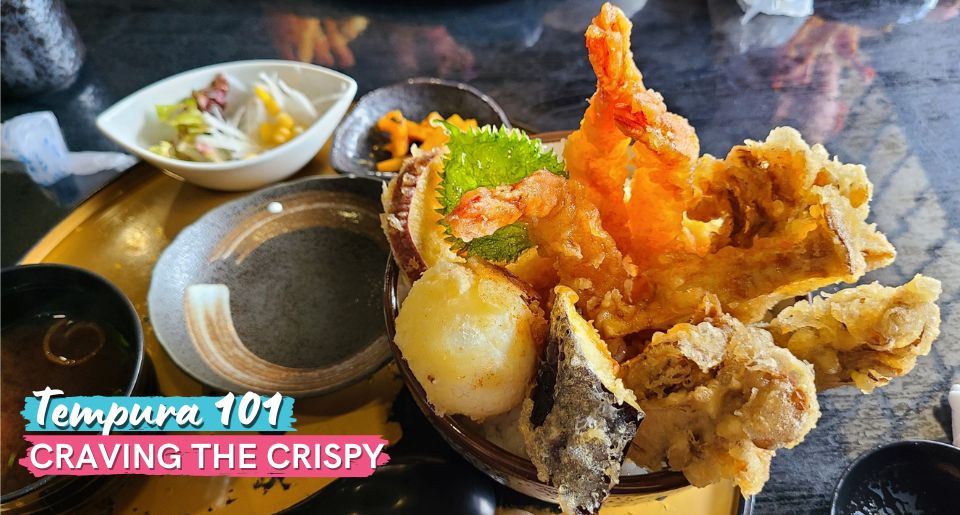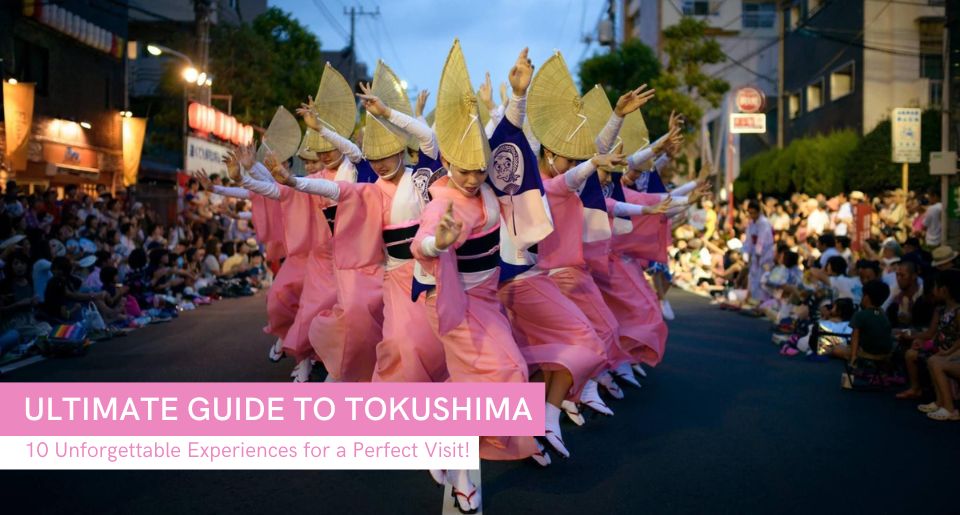Hot, fresh, and crispy on the outside, satisfyingly tender and flavorful on the inside – tempura (天ぷら) offers an addictive blend of savory taste with a hint of sweetness, providing lucky eaters with a harmonious blend of crispy and tender in every single bite.
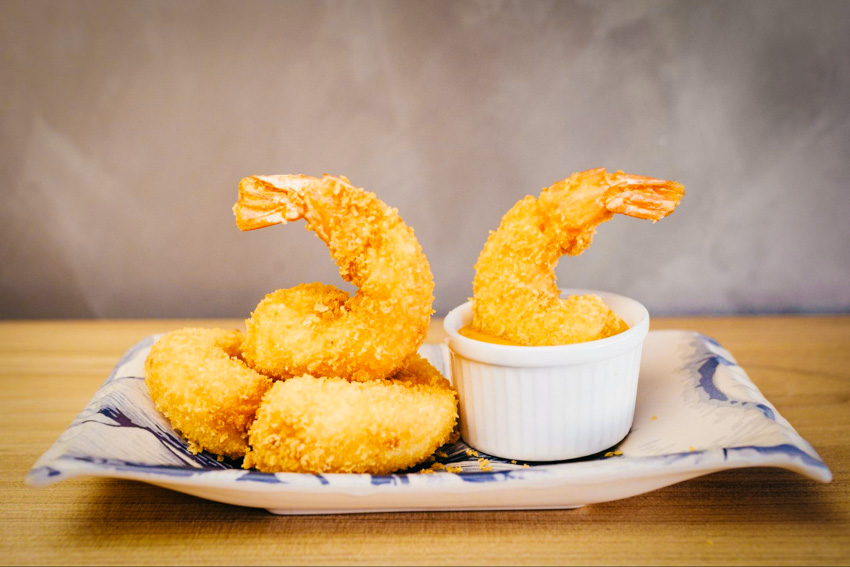
Already craving some tempura? Keep reading to learn all about this famous irresistible dish in Japanese cuisine - what tempura is, the different tasty types, and how to enjoy it just like the Japanese do!
What is Tempura?
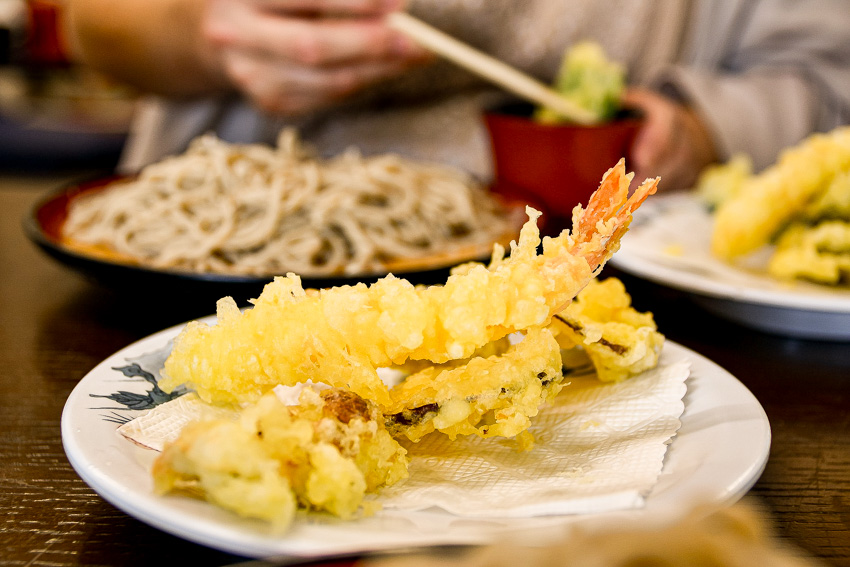
Tempura is a popular Japanese dish that is made by dipping various ingredients such as shrimp, squid, edible plants, or vegetables, into a special batter consisting of water, special tempura flour, and egg. Once coated, these bite-sized pieces of food take a dip in hot oil, transforming into beautifully golden-brown, crispy treats.
The key to its delightful taste lies in the skillful art of battering and frying, where they expertly coat the ingredients before quickly frying them in hot oil to achieve that crispy perfection. The Japanese savor these crispy bites in a variety of ways - as a main dish, side dish, or as a topping for soba and udon noodle dishes or tendon rice bowls.
From Shrimp to Shiitake: 8 Different Types of Tempura
One of the best things about tempura is its versatility, catering to all tastes with various options. From seafood to eggs, chicken, vegetables, and more, there's a always tempura type for everyone! Now, let's explore the most popular tempura types enjoyed in Japan:
Ebi (えび)
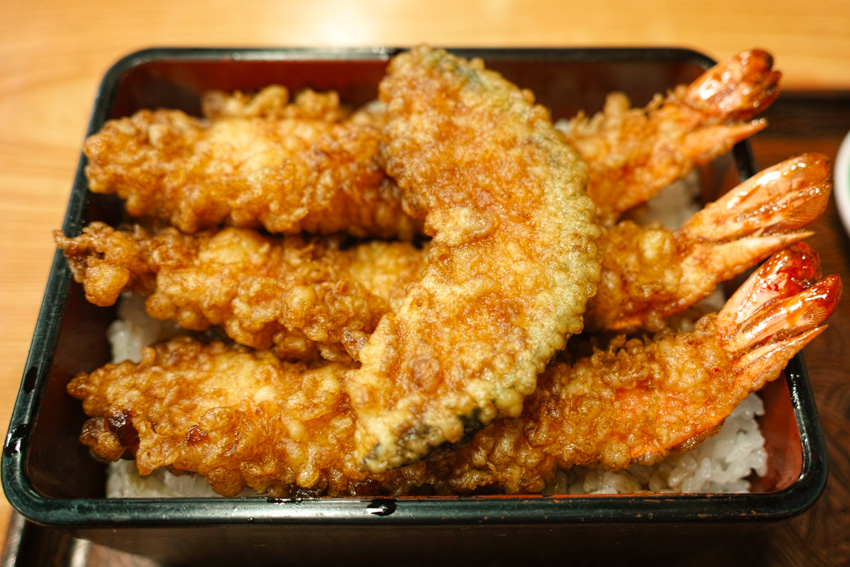
Shrimp is highly favored in Japanese cuisine, making it the go-to seafood ingredient for tempura, particularly the larger, meaty ones. Chefs take care to cook shrimp for tempura in a manner that maintains its straight form and keeps it from curling up.
Sakana (魚)
Fish is another popular seafood ingredient for tempura, where whole small fish or small fillets are turned into crunchy tempura pieces. For this kind of tempura, whitefish types like Japanese whiting, goby, whitebait, and sweetfish are the usual go-to.
Egg Tempura (卵天ぷら)
Japan is famous for its delicious orange eggs that are completely safe to enjoy raw. But the Japanese take it to the next level by turning them into tasty tempura. Just the thought of a soft-boiled egg getting battered, deep-fried, and served fresh with a crispy outer layer is enough to make your mouth water. No wonder that egg tempura is one of the most favored and relished choices!
Toriten (とり天)
Craving crispy deep-fried chicken? Experience them the Japanese way with tempura-style fried chicken! Originating from Oita Prefecture, this dish features seasoned chunks of chicken that are deep-fried to perfection, served hot and crispy with a tangy citrusy ponzu sauce.
Kinoko (きのこ)
Mushrooms are a staple in Japanese cuisine, and it's no surprise they make for a delicious and nutritious ingredient in tempura too. You'll find all types of mushrooms used, but shiitake and maitake take the lead as the most favored choices.
Nasu (なす)
If you don't find bland eggplant very exciting to eat, give it a try as crunchy tempura and you might just change your mind! Eggplants are among the favorite vegetables used as tempura ingredients, where they’re cut in half or sliced into rounds (depending on their size) before coating and deep-frying.
Kabocha (かぼちゃ)
Kabocha, the Japanese pumpkin with a thin green skin and orange flesh, is a common delight found on Japanese restaurant menus as tempura. Its crispy outer layer and the savory-sweet, tender inside make it a favorite among many.
Satsumaimo (さつまいも)
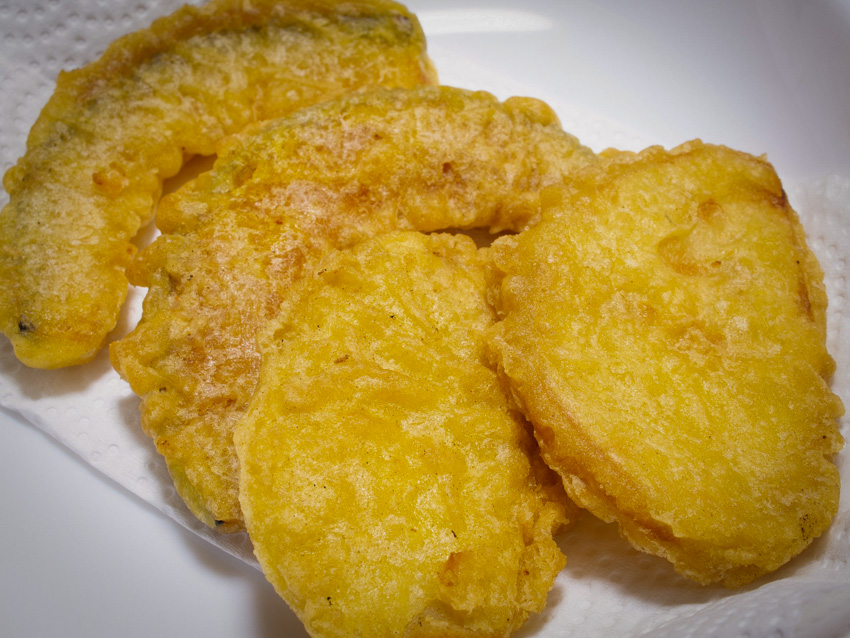
Satsumaimo, a type of Japanese sweet potato, features reddish-purple skin and pale yellowish-white flesh. When used for tempura, this root vegetable transforms into a delicious sweet-savory treat. It is sliced thinly, with the skin left on, before being dipped into the tempura batter and deep-fried.
Tempura Etiquette: Enjoying Crunch the Japanese Way
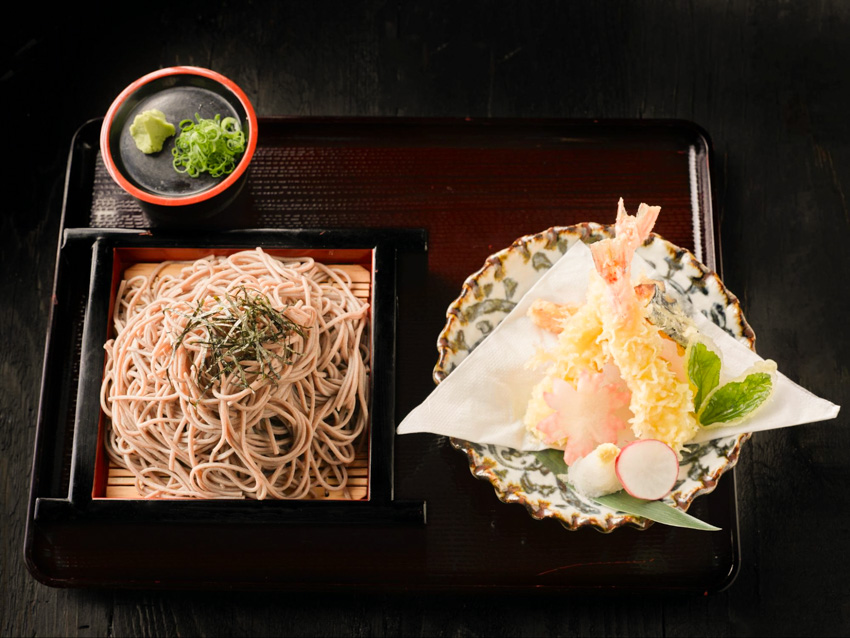
Diners in Japan have a particular etiquette and manner of eating their dishes, and tempura is no exception. The key to enjoying tempura is to follow the proper order; no matter how tempting these crispy treats may be, you just can't jump in and start devouring them.
Tempura sets itself apart from other dishes in how it's served at a restaurant – with a unique and well-considered arrangement on the plate, with lighter-flavored options like shrimp and fish being served first, and then advancing to stronger-flavored ones like root vegetables.
When dining at the restaurant, start with the tempura options nearest to your plate, ensuring a smooth progression through the rest. It's common to season each tempura piece with salt (sometimes with wasabi or matcha flavors) or dip it into a sauce, which is usually served with a small bowl of grated daikon to mix with and enhance the taste.
Also, considering that tempura is all about that addictive crunch, it's crucial to savor it while it's still fresh and maintain its crispiness before it gets cold and soggy. So make sure to order your tempura while it's piping hot and enjoy it all in one go – that way, you’ll ensure that you won't miss out on its fresh, crispy goodness.
Since chopsticks in Japan are akin to knives and forks in other places, they're definitely the traditional way to enjoy tempura. But don't worry if you haven't mastered chopsticks yet – at the restaurant, you can still request an alternative utensil and savor the traditional Japanese dish to the fullest.
Now that you have the crispy tempura right in front of you, resist the temptation to devour them too quickly; take your time to relish each piece without needing to finish everything at once.
It’s also best not to put half-eaten bites back on your plate. Instead, hold them with your chopsticks and continue to enjoy your meal. The tempura experience is worth savoring and enjoying, with its simple yet delicious ingredients, delicate, slightly savory flavor, and light, crispy texture.
Now, if this doesn't make your mouth water and get you excited to order some crunchy tempura or head straight to the kitchen to prepare it like a seasoned tempura chef, we don't know what will!
About the Writer
Meet Mariam - a freelance writer with a lifelong love for cooking, beauty, and Anime, starting from the tender age of six. Now, with boundless creativity and determination, she aims to deliver the most valuable content for readers to offer them a glimpse into her passions in life.
